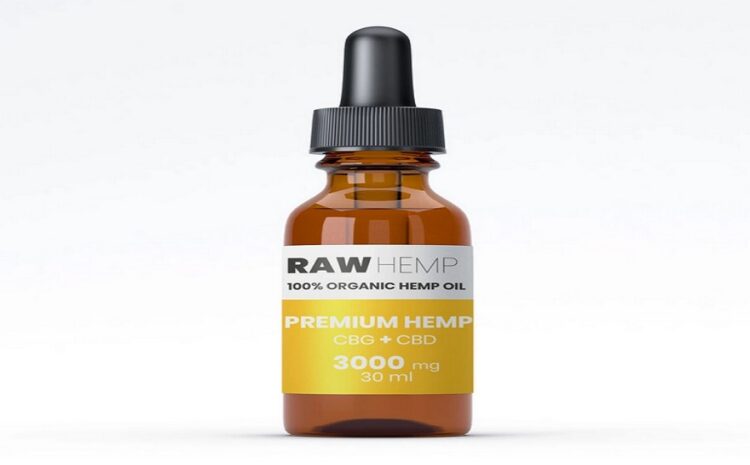What is the Variety Of CBG That Can Be Found in Plants?

CBG (Cannabigerol) is a rising star in hemp, rivailing CBD as the next non-psychoactive cannabinoid to control the low-THC market. Not only does CBG show therapeutic benefits, but it’s also unique because it works as a chemical precursor to every other cannabinoid in the plant including CBD and THC.
WHAT ARE THE ADVANTAGES OF CBG?
While CBG studies are still in their early stage, animal researches suggest that CBG may be a neuroprotective agent that also promotes bone health and pain relief, among others. CBG has been shown to appear as anti-inflammatory, anti-tumor, and anti-bacterial properties while helping to bladder and skin regulations. More research is needed yet CBG shows a great perspective to treat a variety of medical issues. The government is also interested in this cannabinoid. In 2018, research studies lesser recognized cannabinoids such as CBG for pain administration.
WHAT ARE THE ADVANTAGES OF CBG VS CBD?
Like CBD Olja, CBG Olja can not make you high, but it can help eliminate psychological and physical disorders that plague several individuals. Both CBD and CBG can relieve signs of PTSD and OCD, and cancer as an example, by fighting stress, depression, and anxiety. These are some of the most common reasons that patients take CBD, with pain administration and inflammation– which CBG can also support.
HOW DOES CBG WORK?
Like CBD and other cannabinoids, CBG interacts with chemical receptors in the body that make up the Endocannabinoid System (ECS). Both key receptors are called CB1 and CB2, which are found in almost every system of the body. CB1 receptors are mostly in the brain and nerve system while CB2 receptors are more common in the body’s immune system. CBG interacts with these receptors to help manage various features including discomfort, appetite, hormones, swelling, and blood pressure. This procedure is what defines CBG’s ability to promote recovery.
WHAT IS THE VARIETY OF CBG THAT CAN BE FOUND IN HEMP PLANTS?
CBG, like all cannabinoids, can be found in various types. CBG starts in its acidic kind called CBGA (cannabigerol acid), which can normally move to its neutral kind, CBG, throughout the plant development procedure. CBGA also changes into CBG when heat is added from sources such as the flame from a lighter, a vaporizer, or heat from a stove. This procedure is known as decarboxylation, which is required for CBG to attain optimum therapeutic value.
Surprisingly, CBGA isn’t only the acidic precursor to CBG. It also acts as the acidic precursor for all the other cannabinoids’ acidic forms.
THCA, CBDA, and CBCA all start as CBGA. As soon as CBGA naturally transforms into these acidic precursors, the chemicals ultimately become potent types of THC and CBD, to name simply two. These chemicals can transform again with time, turning cannabinoids like THC into other cannabinoids like CBN and Delta-8 THC. And it all begins with CBGA.
Thanks for reading this article.